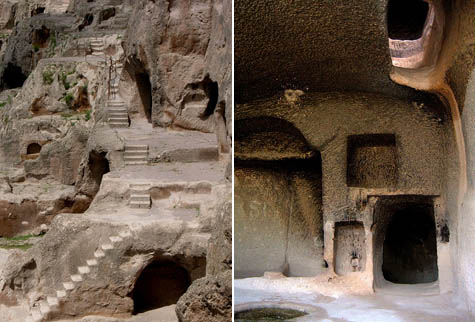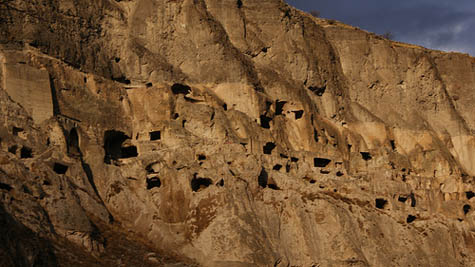 [Image: An otherwise unrelated photo of a cave in China, taken by @PhailMachine, via wallhere].
[Image: An otherwise unrelated photo of a cave in China, taken by @PhailMachine, via wallhere].
An interesting story that re-emerged during recent coverage of the Thai cave rescue is that a team of British cavers trapped underground in central Mexico for “more than a week” back in 2004 had been accused of having an ulterior motive.
Of the six men, five were British soldiers, and the crew was rescued not by local emergency crews but by a team flown in from Britain. Nothing about either alleged fact is even remotely suspicious, of course, but, according to local press at the time, “the men had been looking for materials that could be used to make nuclear weapons.”
This was apparently more than just a bar-room rumor: Mexico’s energy minister “waded into the row by saying he would send members of the country’s nuclear research institute into the caves because of rumours the British potholers were looking for uranium deposits.” Things “descended into farce,” according to the Guardian, “amid claims the MoD-sponsored expedition was a secret uranium prospecting exercise and that precise details of the trip were not forwarded to the relevant authorities.”
The conspiracy seems to have begun when someone noticed a particular piece of equipment in a photo of the caving team: “someone spotted radon dosimeters being used. This wasn’t a military training exercise; it was a bunch of guys on holiday, some of whom happened to be in the armed services.”
What the British team would even have done with such materials, if they had found them, including how they would have safely transported uranium out of the underworld in their caving gear—not to mention how they would have exploited this knowledge later, perhaps by developing a vast, illegal, underground mine in the middle of central Mexico?—is difficult to imagine, but, wow, would I like to read that novella.
Six British soldiers descend into the Earth beneath Mexico looking for the infernal materials of war, part of a much larger, secret global mission for subterranean weapons-prospecting, slipping into caves in Central America, the U.S. Southwest, the Namibian desert, and beyond, combining raw international espionage, classified satellite reports, weaponized mineralogy, advanced underground mapping techniques, and every gear-head’s camping equipment fantasy turned up to 11.

 [Image: Descending into Mammoth Cave, from
[Image: Descending into Mammoth Cave, from  [Image: A room in Mammoth Cave known as “The Maelstrom,” from
[Image: A room in Mammoth Cave known as “The Maelstrom,” from  [Image: A vast underground room filled with “a silent, terrible solitude,” from
[Image: A vast underground room filled with “a silent, terrible solitude,” from  [Image: An unfortunately rather low-res image from
[Image: An unfortunately rather low-res image from  [Image: The Georgian cave monastery of Vardzia, via
[Image: The Georgian cave monastery of Vardzia, via  [Image: Vardzia, via
[Image: Vardzia, via  [Images: Vardzia, via
[Images: Vardzia, via  [Images: Vardzia, via
[Images: Vardzia, via 

 [Images: Vardzia, as seen in some
[Images: Vardzia, as seen in some  [Images: Vardzia, via
[Images: Vardzia, via